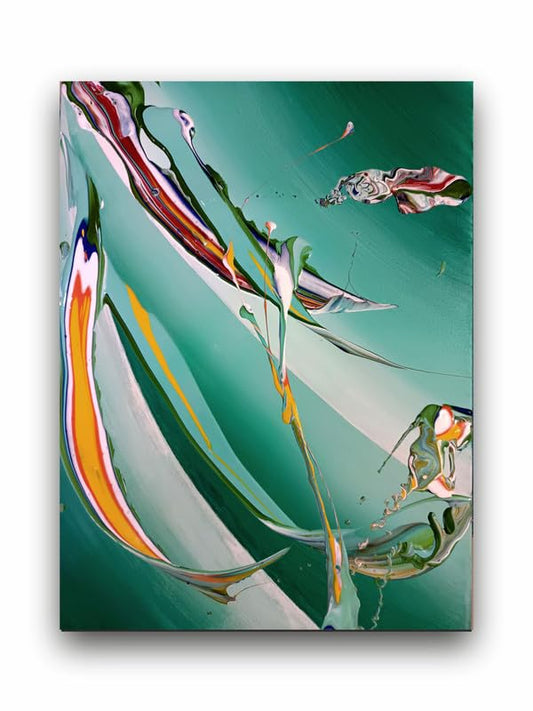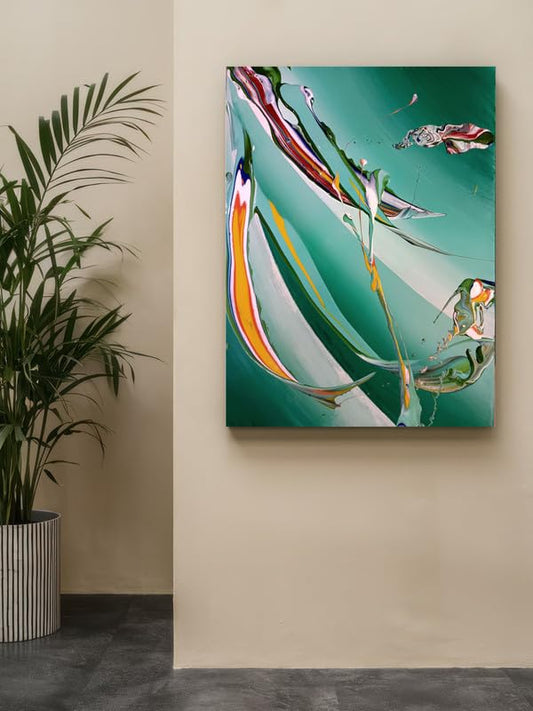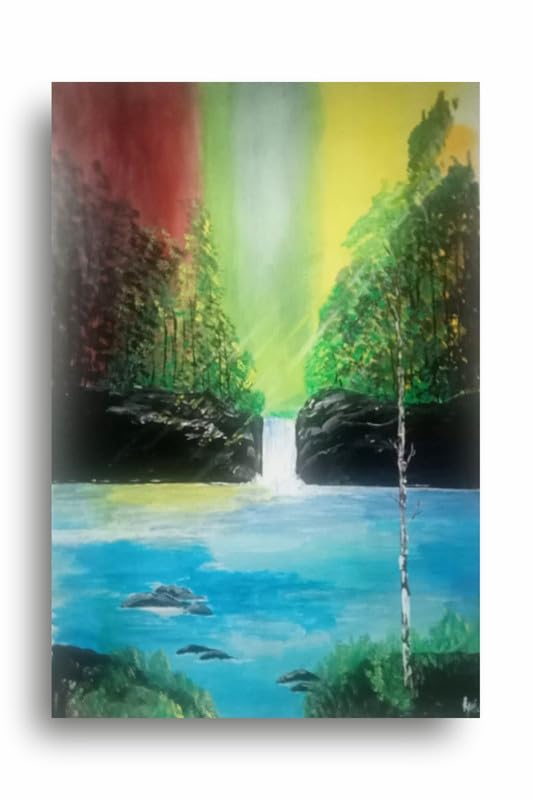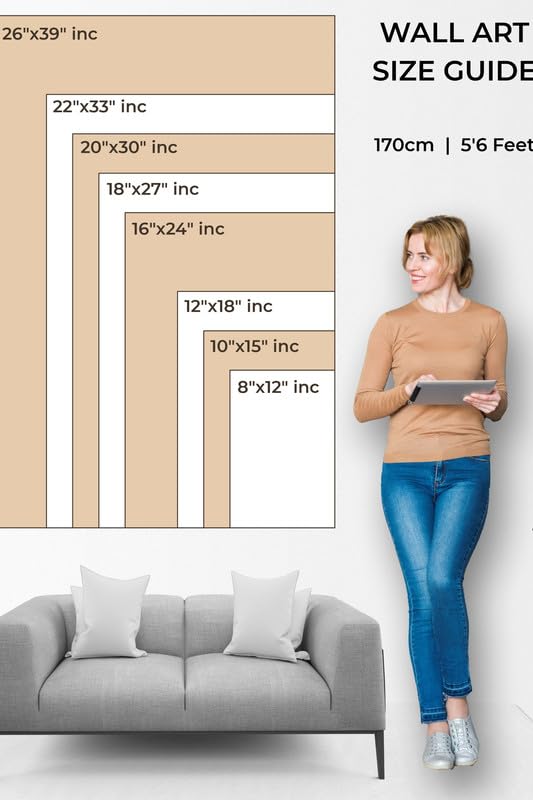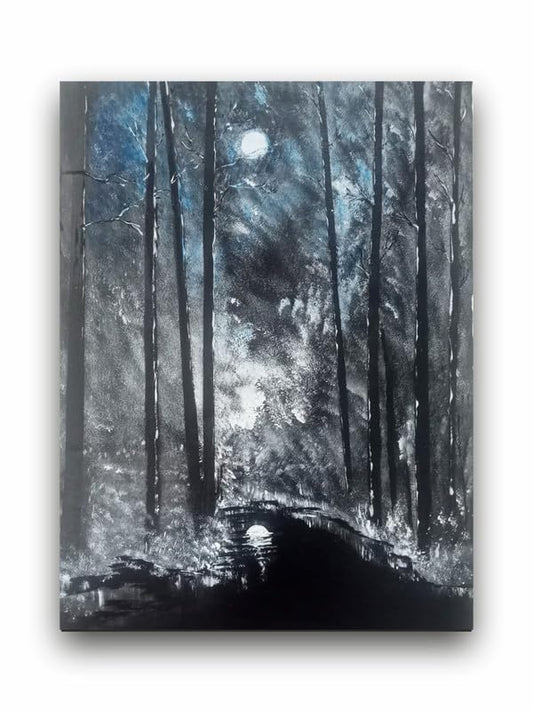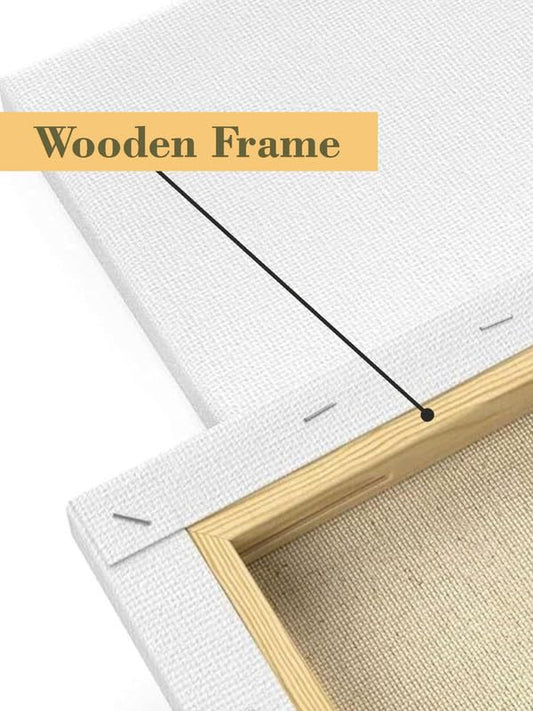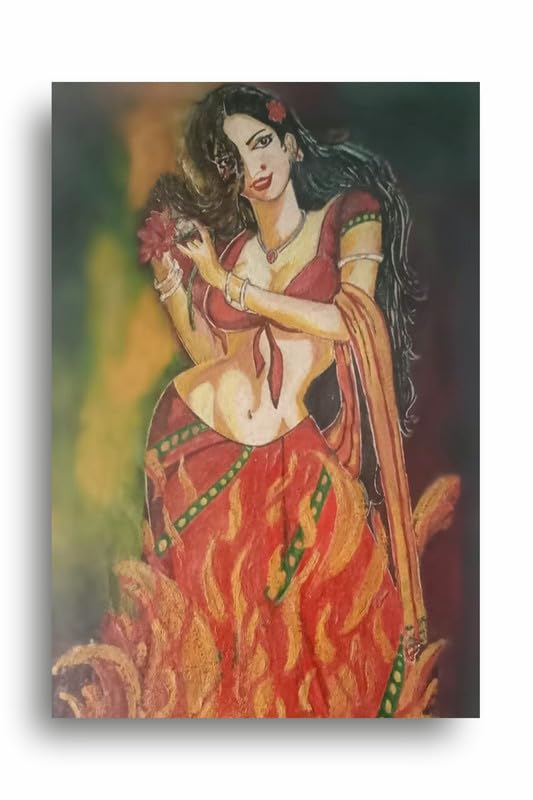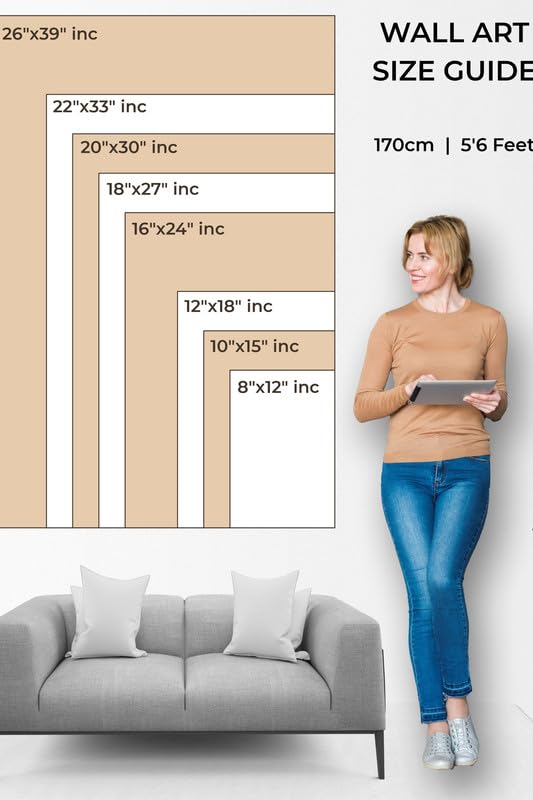How Abstract Art Can Be Used in a Game of Perception and Optical Illusions
Abstract art is a powerful tool for the development of optical illusions and opinions, offering unlimited ways to challenge how we see the world. Abstract art, while wielding colors, forms, and shapes, can work wonders to create visions that seem to shift, distort, and dance before our very eyes. Whether you are an aficionado of art or simply someone interested in the unique ways abstract pieces can alter perception, knowing how to make these works of art work for you can open up a whole other world of creativity.
1. Application of Color: The use of color to achieve the illusion of depth and movement. One of the simplest ways abstract art manipulates perception is through color. Such jarring contrasts as the placement of bold colors close together can create a sense of an object being near or far. For example, warm tones such as reds and oranges advance toward the viewer, while cool tones such as blues and greens recede into the background. Such an easy trick of the eye can make a flat canvas seem to have depth.
2. Lines and Geometric Shapes: Moving Lines
Abstract art lines and shapes play tricks on the eye with regards to space and form. Arc lines can be used to create the sense of leading the eye around the composition in a flowing motion, which can also give the perception of something dynamic and constantly in motion. On the other hand, jagged, pointed lines may create a feeling for the viewer that elements of the drawing are reaching too far in terms of rigidity and structure, while overlapping geometric shapes may create a feeling for the viewer as if parts of the art are popping out or receding into the background. A combination of these elements can make abstract art tell us that we are looking through a portal into another dimension.
3. Repetition and Symmetry
Some patterns or designs repeated in abstract art create the illusion of movement or distortion. Repeating spirals or circles can actually make the mind feel they are rotating, whereas symmetrical designs produce this feeling of balance and serenity. If one changes the distance between or the intensity of colors of such a pattern, an illusion that makes the observer have the impression that the object is deep, under shadow, or flickering is produced.
4. Layering and Transparency
The other play of perception technique is layering. This is the main trick that the abstraction movement accomplishes through layering translucent over opaque, which is the production of different perspectives. It creates visual complexity that invites one to look deeper to discover further layers and hence engage more with the work. This also provides a fluid motion with an impression that it is constantly in change.
5. The Magic of Negative Space
Abstract art also has a particular skill when it comes to the use of negative space—those empty areas surrounding and giving definition to the main elements of a composition. The relationship between objects and the spaces around them can trick the mind into seeing patterns or shapes that aren't really there. For instance, what one may perceive as a simple juxtaposition of shapes could actually become an image of a face or an object if the eye is led to look in the right way around the composition.
Conclusion
Abstract art-the playground for the mind. Incorporating optical illusions, shifting perspectives, and visual tricks, it sets our train of thoughts loose on how we process and interpret the world around us. If you are an artist or a person who wants to create a stimulating environment with abstract pieces, these methods can help you harness the power of perception and play with optical illusions in a fashion that is visually captivating and intellectually engaging.
How Abstract Art Can Be Used in a Game of Perception and Optical Illusions


